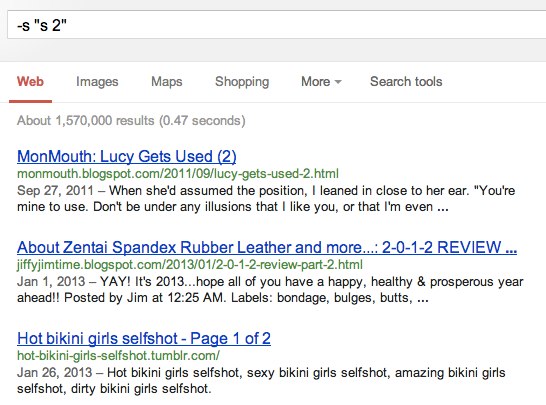As an example of how little Google cares about a product once they decide to shut it down, we only know about this via a brief mention in a blog post, sneakily titled An update on Google Affiliate Network:
We’ve made the difficult decision to retire Google Affiliate Network and focus on other products that are driving great results for clients.
To be fair, Google didn’t buy the network deliberately, it was a minor component of their multi-billion dollar purchase of DoubleClick. Known as Performics back then, the affiliate network was worth perhaps $50 million (based on what Double Click paid for it 2 years prior).
But also to be fair, if they didn’t want it they could have sold it to someone else and pocketed $50 million. Perhaps it wasn’t worth their bother for such a piddling amount.
Since Performics became GAN, it hasn’t changed much. Apart from making it look more like a Google product, it seems they put little effort into it. They didn’t even give it its own domain name!
And now, merchants and affiliates who have perhaps had a relationship for a decade through the Performics / GAN platform, will now have to shift to a new platform. Of perhaps just give up, emulating the mega-successful Google?



